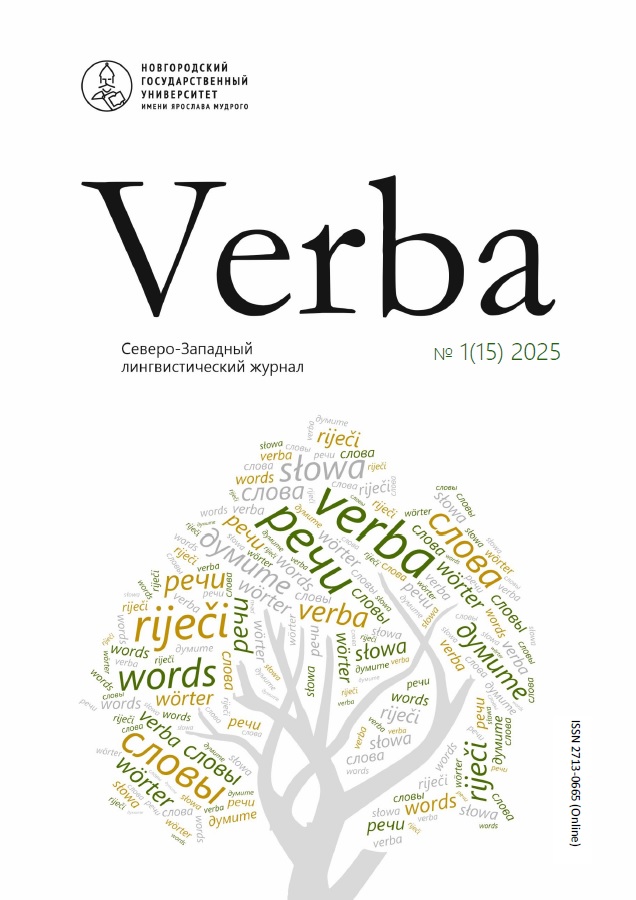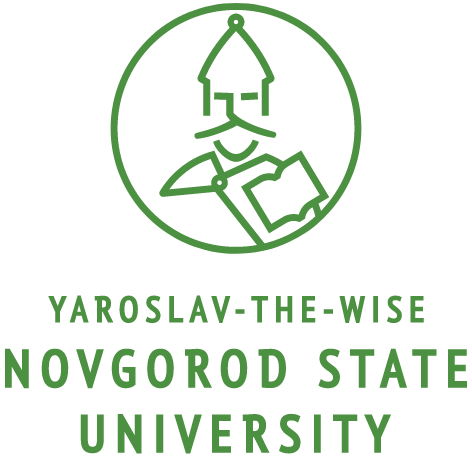Mastering stylistic component of language competence by Russian-speaking children
DOI:
https://doi.org/10.34680/VERBA-2025-1(15)-90-102Keywords:
stylistics, language of fiction, colloquial speech, speech ontogenesis, acquisition of stylistics by childrenAbstract
When do children begin to discern differences between stylistically colored words such as “old-fashioned,” “abusive,” or “more understandable”? From which sources do they acquire this knowledge? The development of a child’s mastery of the stylistic nuances of the Russian language typically unfolds in three distinct stages. By approximately two and a half years of age, children start to imitate stylistically marked vocabulary; however, at this stage, they do not yet recognize stylistic distinctions. Stylistically colored and neutral words are perceived and used interchangeably, effectively as complete synonyms. By the age of five, children begin to develop an awareness of stylistic coloring, as evidenced by their growing interest in vocabulary with contrasting stylistic connotations, such as rude versus affectionate terms. Older preschoolers demonstrate a relatively easy ability to identify obsolete or archaic vocabulary. The choice of words by children is influenced not only by the communicative goal of conveying information but also by the situational context in which verbal interaction occurs. By the ages of eight to nine, children begin to understand the existence of different spheres of word usage. Consequently, they may cease to use certain words learned primarily from books in their everyday spoken language, relegating these words to passive vocabulary. The primary source from which children acquire stylistic competence in their native language is the language of fiction. Additionally, scientific-cognitive and scientific-artistic contexts contribute to the development of stylistic awareness. These sources encompass not only literature but also cinema, animation, theater, and museum experiences. Exposure to these varied inputs facilitates the acquisition of stylistically colored vocabulary, including both literary and colloquial “literary” registers.
Downloads
Downloads
Published
How to Cite
Issue
Section
License
Copyright (c) 2025 Verba

This work is licensed under a Creative Commons Attribution-NonCommercial 4.0 International License.








